13 best girls only schools in Canada
-
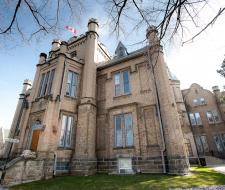 100 % University placement from each graduating class
100 % University placement from each graduating class CanadaToronto, OntarioCurrently watching: 7from 437.00 £ / weekApply with documents
CanadaToronto, OntarioCurrently watching: 7from 437.00 £ / weekApply with documents -
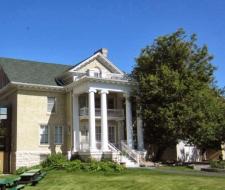 One of the best schools for girls in Canada
One of the best schools for girls in Canada CanadaWinnipeg, ManitobaCurrently watching: 1from 33475.00 $ / yearApply with documents
CanadaWinnipeg, ManitobaCurrently watching: 1from 33475.00 $ / yearApply with documents -
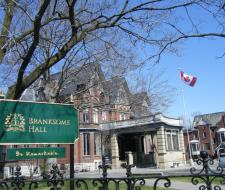 from 44441.00 $CAD / yearApply with documents
from 44441.00 $CAD / yearApply with documents -
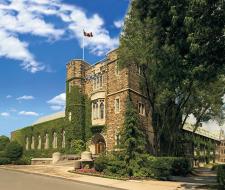 from 64000.00 $CAD / yearApply with documents
from 64000.00 $CAD / yearApply with documents -
 from 61750.00 $CAD / yearApply with documents
from 61750.00 $CAD / yearApply with documents -
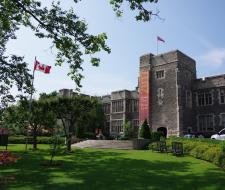 from 64090.00 $CAD / yearApply with documents
from 64090.00 $CAD / yearApply with documents -
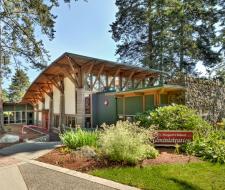 from 65125.00 $CAD / yearApply with documents
from 65125.00 $CAD / yearApply with documents -
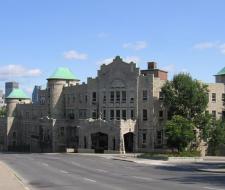 from 58374.00 $CAD / yearApply with documents
from 58374.00 $CAD / yearApply with documents -
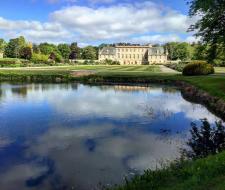 Apply with documents
Apply with documents -
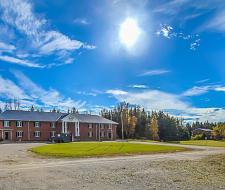 from 39800.00 $CAD / yearApply with documents
from 39800.00 $CAD / yearApply with documents
Alternative destinations
Education information
Studying at private schools in Canada is the most popular option among foreign students. For example, in schools in Canada, there are many students from the United States (10-12% on average). What prompts young Americans to go to their northern neighbor for secondary education? Consider the possibilities offered by private schools in Canada.
Features of studying at private schools in Canada
There are private schools in almost every city in Canada. About 6.8% of all children study there. Private schools in Canada are of a general profile or with a bias. For example, there are girls schools in Canada and private schools for boys, or church-funded by religious groups, for children with disabilities, for gifted students. Some schools emphasize sports or the development of artistic talent in art, theater, dance or music.
There are school options that focus on specific off-school activities. In particular, horseback riding or skiing or non-traditional subjects such as speleology (scientific exploration of caves). Some schools work according to a certain pedagogical concept, for example, Montessori and Waldorf. You can choose from experimental schools or traditional schools with a conservative approach or tight control.
In some private schools in Canada, all subjects are taught exclusively in a foreign language.
When considering a school for your child, you can choose from location-based wilderness in the western provinces to the bustling streets of Ontario's culturally stimulating metropolitan areas.
History of Girls Education in Canada
Historically, schools worldwide segregated based on gender. Canadian settler girls in the 17th century mostly attended religious or homemaking classes. However, Ontario initiated the shift towards gender-segregated education. Studies soon delved into the distinct learning styles of boys and girls. While the 19th century witnessed separate classes due to differences in humanities and science perceptions, the 20th century maintained these schools based on boys' lagging academic performances in certain subjects.
Though Canada initially needed mass literacy and predominantly opened mixed schools due to funding constraints, exclusive girls schools began emerging by the mid-1800s. Wealthy parents sought elite education separate from the diverse public school system. Despite the 20th century's fight for equality reducing gender-segregated schools, by its end, a rising demand emerged for the right to segregated instruction in Canada.
Advantages of Attending Girls Schools in Canada
Advocates for gender-segregated schools highlight numerous benefits:
-
Inspiring Environments: Best girls schools in Canada provide a nurturing setting where girls can flourish. They can freely express themselves, often resulting in honed critical thinking skills.
-
Academic Achievement: Girls schools in Canada are known to foster a culture of academic excellence. As per Dr. Cornelius Riordan, these schools significantly enhance girls' academic performances.
-
Building Self-confidence: Such schools, with their unique environment, help bolster self-confidence in girls, especially during adolescence.
-
Developing Leadership Skills: Graduates from these institutions exhibit more risk-taking and leadership qualities.
-
Promotion of STEM Subjects: Graduates are more inclined towards subjects like science, technology, engineering, and math, and often pursue careers in these fields post-graduation.
-
Higher Education: A vast majority of these graduates attend top-ranking universities globally.
How do children learn at girls schools in Canada?
- Private schools in Canada are organized like public schools, but curricula and approaches vary considerably. Schools in different provinces have different timetables. In general, students will follow a similar schedule:
- From Monday to Friday, lessons start from 8:30 am to 9:00 am and end at 2:30 pm to 4:00 pm. As a rule, classes last 70-80 minutes, students usually attend 4-5 classes per day.
- Dinner is usually equal to the duration of one lesson - from 10:30 to 14:00. There are also two 15 minute breaks to allow students to let off steam between lessons. Compulsory study periods can also be scheduled after lunch. Usually lessons are held from Monday to Friday. There may be optional lessons for boarding school students on Saturdays.
- The academic year in Canada usually lasts from the first week of September to the end of June (ten months) and is divided into semesters.
- There are several year-round schools, and in some the year runs from mid-August to late May. School vacation dates are published by schools well in advance, giving parents time to plan family vacations. It is not recommended to pick up your child from school when exams or important coursework start.

When should you start the Canadian school application process? What should applicants prepare for?
Typically, Canadian boarding schools accept applications all year round - as long as there are places. However, I advise you to start the process in February-March - this way you will have enough time to prepare (including for visa issues), and you are more likely to find a free place on the desired course.
Admission requirements may vary as schools set them independently. However, among the universal requirements, one can note the report cards, recommendations, certificates of the level of the English language. Some schools continue to use entrance tests, but in recent years, most have switched to interviews: this provides a more holistic, personalized approach.
What you should now about Girls Schools in Canada
Canadian private schools, including top girls schools in Canada, typically mirror the organization of public schools but with varied curriculums. The academic year is usually divided into semesters, with lessons spanning Monday to Friday. Schools also offer extensive extracurricular activities, from sports to arts.
Given the smaller class sizes, educators can offer individualized lessons. Schools also house specialists for students needing advanced learning or assistance with disabilities. Moreover, Canadian girls schools have a reputation for emphasizing sports and the arts, with world-class facilities.
Canadian private schools pride themselves on state-of-the-art accommodations, often housing students in spacious, well-lit rooms. On-campus staff assists with academic and personal needs, ensuring students adjust well to the new environment.
When it comes to technology, these schools lead the way. Classrooms are equipped with computers, homework often involves digital tools, and residences offer amenities like Wi-Fi and voicemail.
Parents considering enrolling their child should begin the process at least a year in advance, given the duration of the admission process.
Cost and Fees to study in Girls Schools in Canada
While private schools offer an unparalleled education, they also come with a significant price tag. Investing in education is essential, and understanding the girls' schools in Canada fees can help parents make an informed decision.
Furthermore, these schools, whether international schools in Canada for girls or local ones, offer a multitude of opportunities for holistic development, ensuring every penny spent is worth the outcomes.
For parents considering an all-girls environment, the Canadian girls schools offer a blend of academic excellence, personal development, and state-of-the-art facilities. By fostering a supportive and growth-centric environment, these institutions prepare young women for a successful future.



